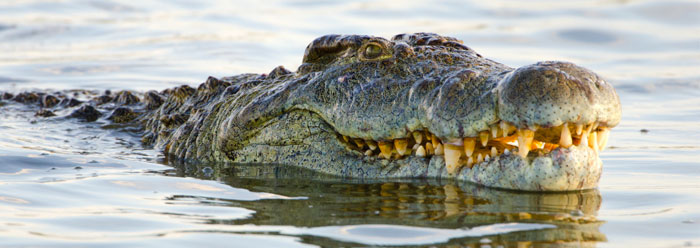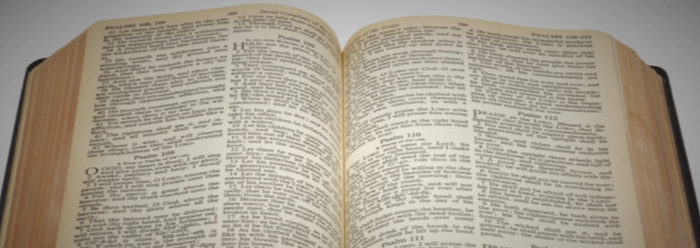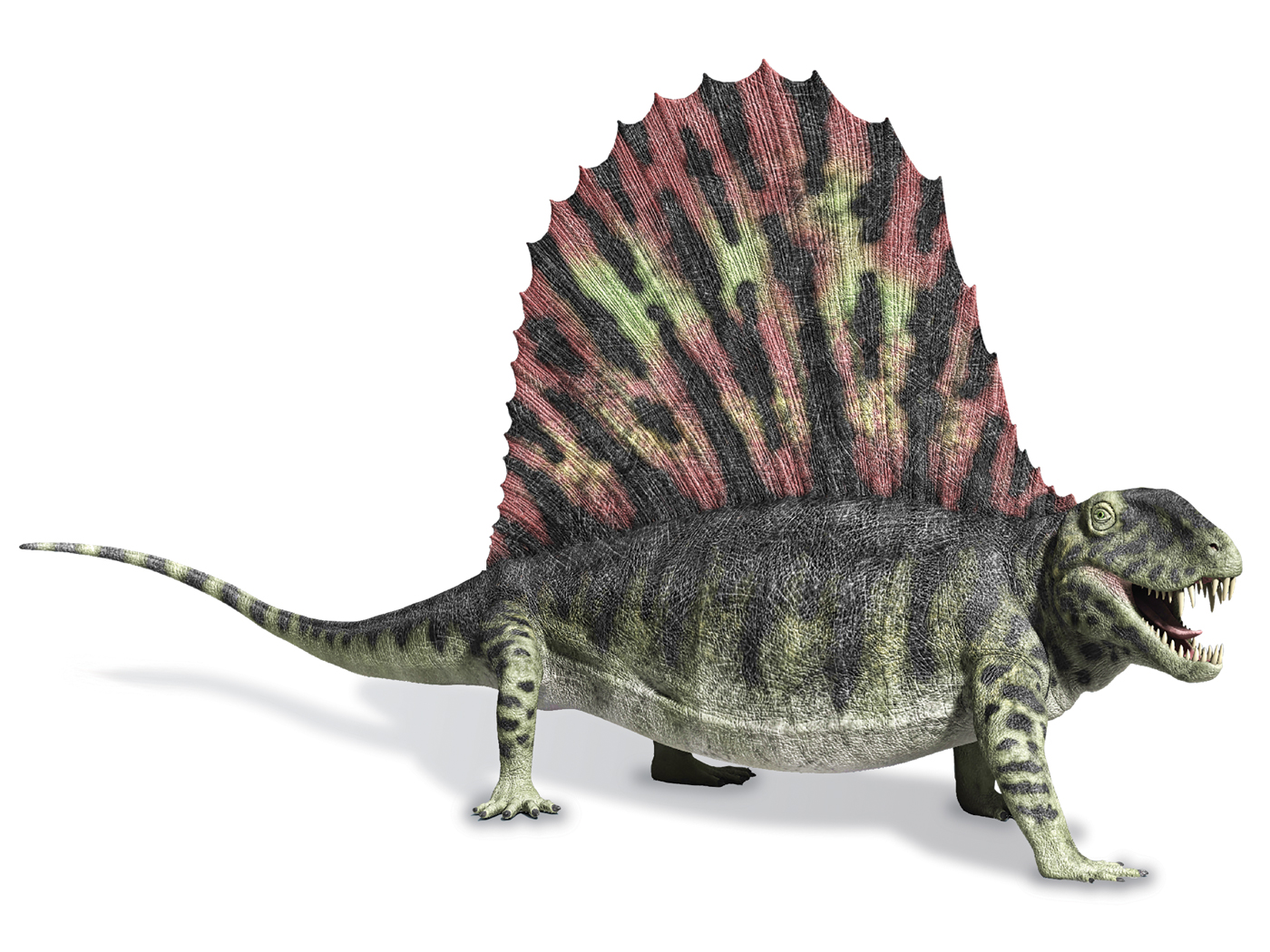Probably not many Bible scholars or scientists are aware that Daniel—the same Daniel who was cast into the lion's den—was also a scientist. A scientist may be defined as one who utilizes the scientific method as a means of testing hypotheses. Scientists are also trained in research methodology. Daniel, therefore, can be classified as a scientist both by training and practice. In Chapter I of his book, Daniel gives the account of his use of classical experimental design—a technique to control variables that might bias a scientific research project—in order to acquire knowledge and test a hypothesis.
Some months ago my wife, who is a nurse-educator, was carefully reading Chapter I of Daniel and pointed out the value of a diet of vegetables and water. We are all aware of the need for vitamins and fiber, and the harm which excessive sweets, cholesterol, alcohol, and caffeine can cause. The food regimen which Daniel proposed would be recognized as quite beneficial, according to health standards today. My wife was impressed with the diet, but, as a sociologist with training in the area of research methodology and the philosophy of science, my interest was captured by the experiment which Daniel proposed.
And the king appointed them a daily provision of the king's meat, and of the wine which he drank; so nourishing them three years, that at the end thereof they might stand before the king.... But Daniel purposed in his heart that he would not defile himself with the portion of the king's meat, nor with the wine which he drank; therefore he requested of the prince of the eunuchs that he might not defile himself.... Then said Daniel, Prove thy servants, I beseech thee, ten days; and let them give us pulse [vegetables] to eat, and water to drink. Then let our countenances be looked upon before thee, and the countenance of the children that eat of the portion of the king's meat: and as thou seest, deal with thy servants. So he consented to them in this manner, and proved them ten days. And at the end of ten days their countenances appeared fairer and fatter in flesh than all the children which did eat the portion of the king's meat. Thus Melzar took away the portion of their meat, and the wine that they should drink; and gave them pulse (Daniel 1:5-16).
Daniel's proposed research was set up along what is known as the classical experimental design. According to current methodology, this design is composed of control and experimental groups, with each group being subject to a before-and-after test. The following diagram is the usual visual representation of the design of the experiment:
| Before | After | |
| Control group |
|
|
| Experimental group |
|
|
Utilization of this design requires that subjects in both groups be treated exactly the same in every aspect except for one variable—in this case, the diet. Stated simply, both control and experimental groups were under identical conditions, except that the control group subjects consumed the king's meat and wine, while the experimental group had pulse and water. The purpose of the before-and-after test was to compare the subjects in the control group with the subjects in the experimental group to see if there was any change. Since other potential variables in the two groups were the same, any change could be attributed to the one variable-diet.
Note that Daniel and the children were described (v. 4) as "well favored, and skillful in all wisdom, and cunning in knowledge, and understanding science … " He proposed an experiment in which he, along with Shadrach, Meshach, and Abednego would eat pulse and water for ten days, while the remainder of the subjects would partake of the king's meat and wine. Actually, Daniel was putting his hypothesis (statement of the relationship between two variables) to a scientific test. His hypothesis contained the independent variable (the cause—diet) and the dependent variable (the effect fairer and fatter countenances in flesh), which are the necessary component of a hypothesis.
When I was first exposed to the concept of the experimental design as a student in college, I was impressed with the cleverness of this method of testing and hypothesis. A bit of research in the library revealed that Roger Bacon is considered the father of modern science. He helped to develop the methodologies for confirming or refuting hypotheses by an ethical system of gathering empirical data through systematic observations. When he published his "Opus Majus," in 1266 A.D., he described the controlled experiment as a means of acquiring scientific knowledge.1
The use of controlled experiments as a standard procedure for testing hypotheses was adopted by the social scientists in the mid-19th century. Physical scientists were using the scientific method perhaps a hundred years earlier, with some reservation. The favorable attitude toward empirical observations grew, in spite of the hostile environment of logical deduction as taught by Plato and Aristotle. Skepticism and disagreement were instrumental in retarding acceptance of what we now call the scientific method. For example, Wilhelm Wundt, the psychologist, opened his experimental laboratory in 1879, in Leipzig, Germany. Other social scientists were turning to the methods of science in the 1850's, and 1860's after observing the great strides in gathering new knowledge from the physical sciences. Today, physics and chemistry classes, basic and applied industrial research, testing of new medicines and products, all make use of advanced, sophisticated designs of experimental research. But Daniel used the classical experimental design in Nebuchadnezzar's reign, in 605 B.C.—1,871 years before Bacon conceived the idea.
It is interesting to speculate whether Bacon may have developed the experimental method from reading Scripture. Personally, there is little doubt in my own mind that he really did discover the experimental method from reading Daniel. He was emphatic in his belief that all wisdom comes from God and personally believed that Scripture was a means of increasing faith, not a source for refuting theological arguments. "For all wisdom is from the Lord God, as the authority of the Scripture holds...." he wrote. In other words, God was the source of all knowledge and wisdom, and man obtained his knowledge and wisdom by reading the Bible under the influence of the Holy Spirit who guided human understanding. I believe that God gave Daniel the wisdom and knowledge of science. Daniel, in turn, recorded his Godly wisdom in the book bearing his name. All things considered, Bacon quite possibly conceived the notion of the experimental design from the book of Daniel.
Daniel 1:20 indicates that Daniel and the three other men were ten times better in all matters of wisdom and understanding than all the magicians and astrologers who were in the realm. Daniel's God-given wisdom was superior to secular knowledge ten times over. We can wonder if much of this God-given wisdom was gained through similar experiments as the one recorded.
Just how good was Daniel's methodology, according to contemporary standards? One of the first considerations of an experimental design is in selecting subjects. The usual method of assigning subjects to the control and experimental groups is by randomization. That is, we place participants into groups by chance, rather than by some method which might bias the results. For example, had Daniel selected the most unhealthy-looking subjects for the control group and the fairer and fatter individuals for the experimental group, the experiment would not have been valid, since a bias would have been introduced. But Daniel bypassed randomization. For the experimental group, he selected Shadrach, Meshach, Abednego, and himself. This selection process satisfied an important part of experimentation in current vogue, known as ethics.
In experiments of this type, when life patterns and habits are at stake, subjects should be allowed to be in either the experimental or control groups so that the researcher is not manipulating his subjects. The four experimental subjects wanted to be on a diet of vegetables and water. The other subjects preferred the king's diet of delicacies and wine. By allowing the choice, the possibility of improper representation on the part of the subjects was minimized. Both groups would present themselves in the best possible mode, in the hope of continuing their preferred diets.
Next, equal size of experimental and control groups was ignored by Daniel, with justification. Had the subjects been assigned by a double-blind system (subjects and researchers do not know which subjects receive the experimental variable and the experiment is managed by a disinterested third party until the results have been quantified), it would have ignored ethical considerations and opened up the possibility of cheating. In such a case, some of the experimental subjects objecting to the vegetable-and-water diet probably would have cheated and stolen some of the king's dainties, meat, and wine, adding a bias to the results.
Another dimension to the strength of the design, which indicated Godly wisdom, is the time period which Daniel selected to run his experiment. The ten-day period, according to current medical practice, is adequate to detect and determine physiological trends for situations like this. Since Daniel obtained his knowledge through God, the Author of all knowledge, ten days must be the optimum time period. Additional time would not show any appreciable difference for the response being studied.
The validity of the hypothesis is shown by the results. Daniel 1:15 says it all: "And at the end of ten days their countenances appeared fairer and fatter in flesh than all the children which did eat the portion of the king's meat."
Finally, what about statistical significance—the degree that the findings are not the result of chance? It is often said that statistics are most valuable when there is a small difference between the control and the experimental groups. In this case, the difference was quite obvious to the king's investigators. By any statistical formula, the results of Daniel's experiment are beyond the realm of chance. The four subjects were visibly more healthy than any one of the many control subjects.
A concluding observation: Some people have said that the Bible is not a scientific textbook, but the book of Daniel brilliantly demonstrates the use of the classical experimental design—the most powerful method of testing in scientific research.
REFERENCES
1. "Roger Bacon, The Opus Majus" in Selections from Medieval Philosophers II, From Roger Bacon to Wilhom of Oclkham, ed. R.P. McKeon. (New York: Charles Scribner's Sons, 1980), p. 34.
*Mr. Treece holds an M.A. degree, and is Associate Professor of Sociology at Liberty University.



















